History
Ancient Charm of Rijal Alma
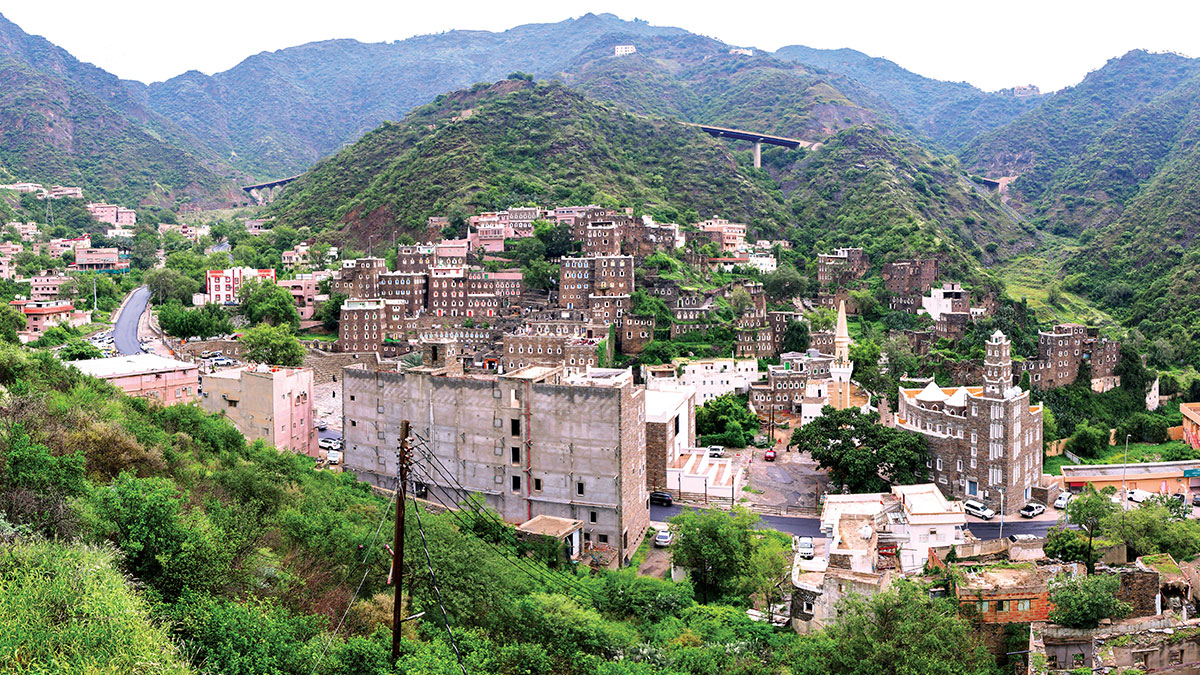
Global September 21, 2021 - By
Fragrant call of fearsome mountain.
A centuries-old stone village in southern Saudi Arabia beckons visitors to take a breathtaking step back in time with its enduring residents.
Rijal Alma, tucked for more than 900 years in the clouds under one of Saudi Arabia’s highest mountaintops, is a charming combination of soaring natural beauty, historical depth, and living culture.
Inside the heritage village, whose name refers to the great ancestors who lived there, are more than 60 multi-story buildings, clinging with rock-solid resolve to the Asir mountain range.
If the hand-cut local stones of the white quartz-accented walls could speak, they would tell ancient tales of bravery, cultural and commercial exchange with the wider world, and honey.
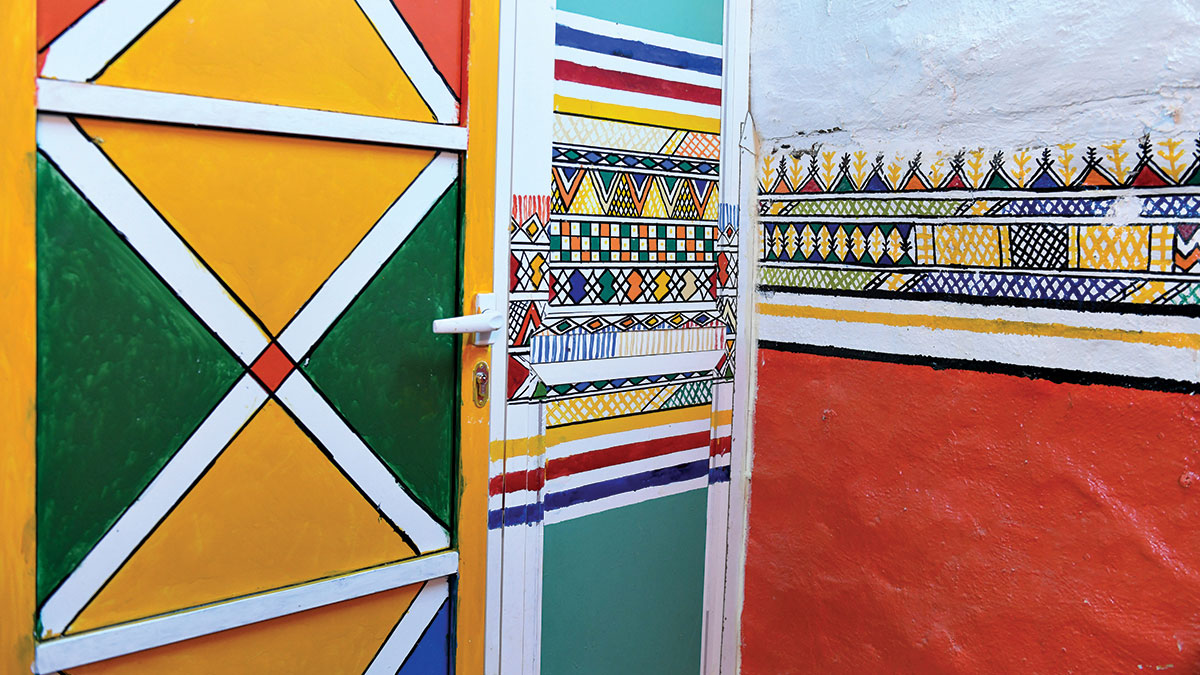
Colorful crossroads
Long ago, ancient trade routes stretching from Asia, Africa, and the Middle East lured people up Soudah’s 3,000-meter steep slope to conduct international business with the town’s people.
Traders, laden with the aromatic smells of perfume and spices, and goods like food, household items and jewelry, bravely traversed this territory of the legendary Asir warriors, renowned for their warfare skills.
Wearing exquisitely scented colorful flower wreaths in their hair for centuries, Asir tribesmen fearsomely stood up to invading armies of up to 50,000 soldiers.
Never misjudge the bold power of fiercely proud Saudi warriors.
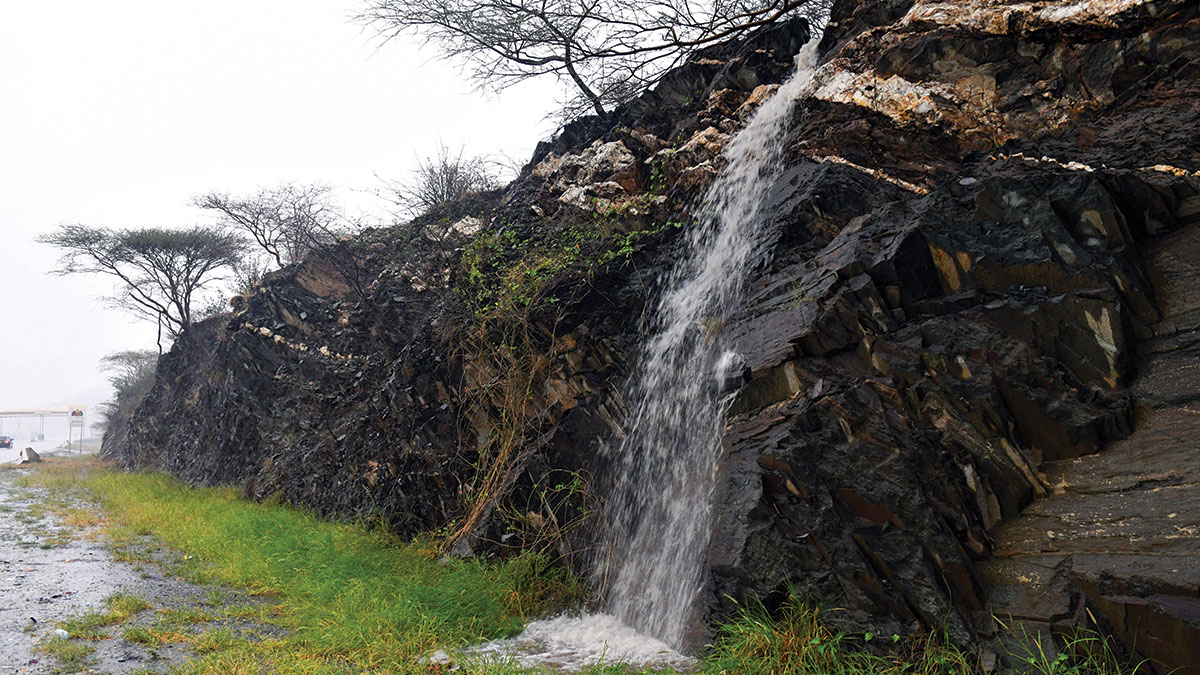
Four seasons in one late afternoon
As we head east under blue sky for Rijal Alma from Jazan, nature puts on an awesome show, sweeping in with a grand wind, a swirling coastal plain dust storm, thunder, lightning bolts, and a rainstorm turning day into night, and dropping temperatures 10 degrees in 30 minutes.
When we reach the foothills of the Asir, dry stone wadi beds cascade into rivers, slopes become waterfalls, and specialist road crews are out to mop up rock slippage.
As we arrive at Rijal Alma’s storybook “gingerbread” village, nature innocently blinks open blue sky again, switches off the lightning, and we feel like brave Asir warriors for conquering the journey.
Vibrant design
Traditionally constructed from stone, clay and wood, each of the UNESCO-listed site ‘s buildings is still owned by the original family, who name their homes “forts.”
All forts, with a family history going back hundreds of years, are lovingly decorated inside with vibrant colors and designs, influenced by the centuries of the village’s exchange of objects and ideas with people from far and wide.
Ancestor of Rijal Alma’s flower-wearing patriarchy, Ibrahim Fathy, navigates up and down the village’s stone stairs with the agile speed of an Arabian gazelle, overtaken only by his sleek black cat Ali, who keeps a friendly but watchful eye on visitors.
He explains that 40 years ago, less rain fell, and his tribespeople began to leave Rijal Alma, “The wells were becoming dry, and younger people left to look for work elsewhere.”
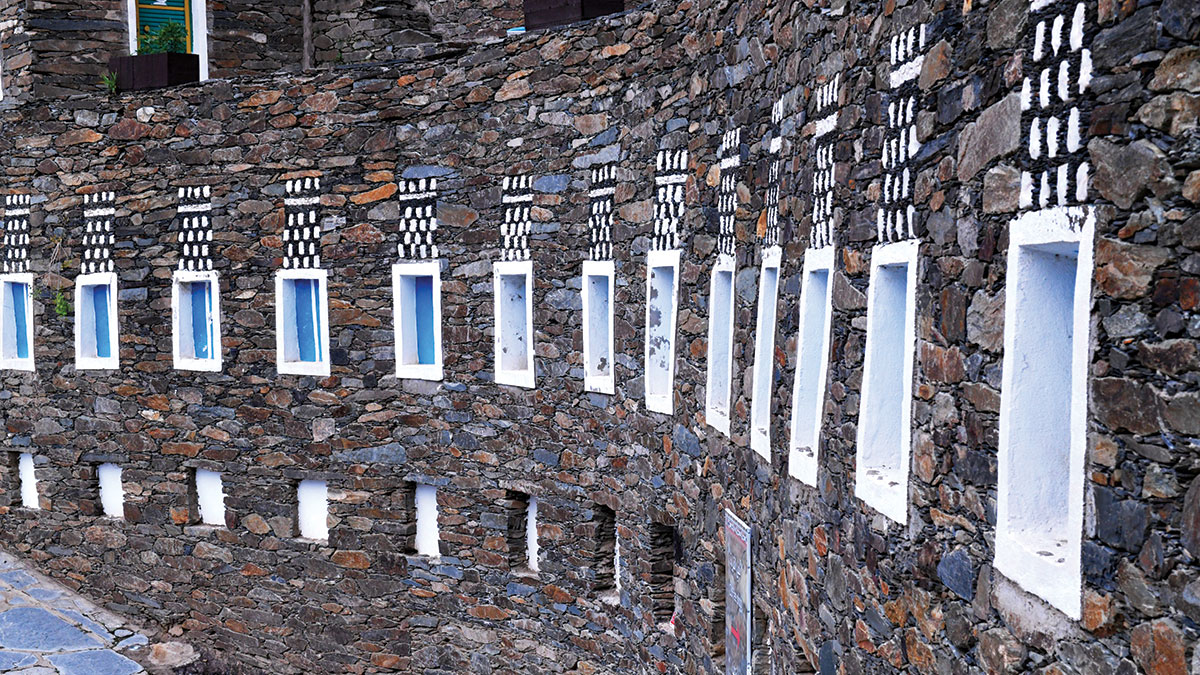
People’s museum
The exodus prompted a decision to develop a museum, “Together, my people decided to preserve our heritage,” he says.
In 1985 residents opened a 2,800-object museum inside the village’s tallest six-story building, Al Elwan fort.
Inside the museum, for a modest entrance fee, you can experience how the locals lived, wonder at awesome objects like the village’s original prison chains, swords, and gain an insight into why Rijal Alma is one of the most historically important villages in the Middle East.
Visiting Rijal Alma
Located in Saudi Arabia’s Asir region, about 45 km west of Abha and 170 km north of Jazan city, Rijal Alma has a restaurant, souq, and plans for a hotel, but for now, visitors are advised to check into nearby accommodation.
A 1,000-person open-air theatre at the entrance host an annual “Flower Men” festival in August every year.
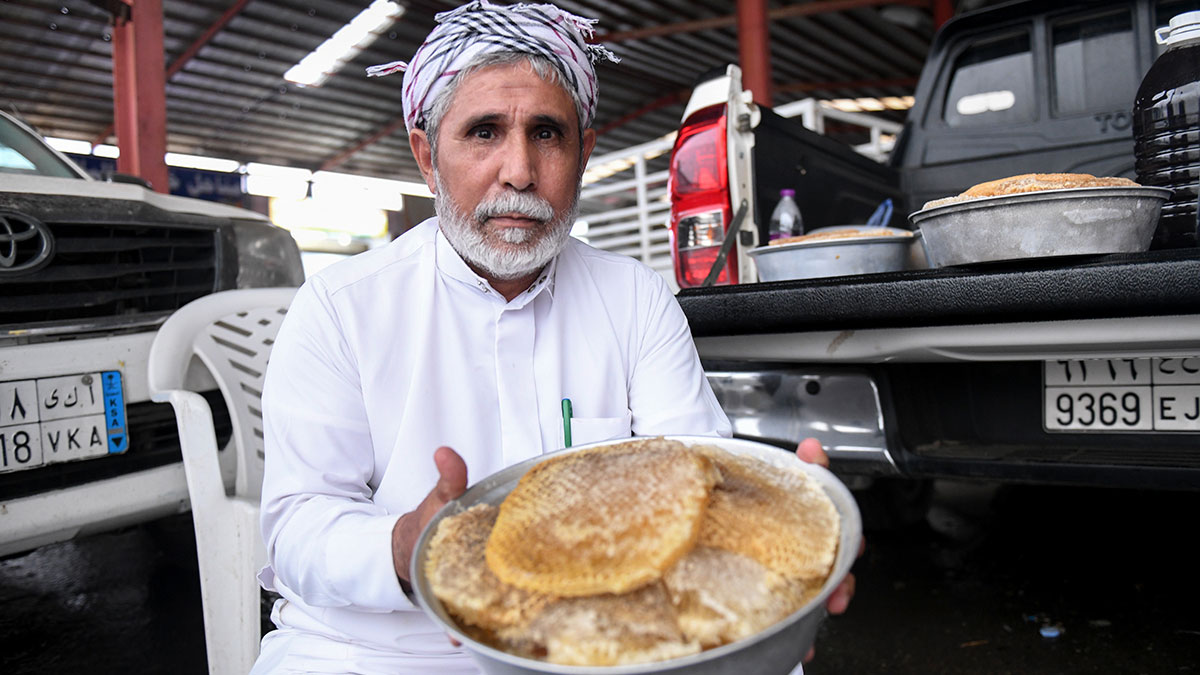
Honey, like palm dates, occupies a special place in the hearts of Saudi people.
The Asir region, for hundreds of years, has been famous for producing honey of the purest quality.
Every day for 30 years Rijal Alma resident Yahya Manjadi has sold honey.
“I used to have to walk to the top of the mountain,” he says. “Now I drive up on the road, and put the honey in my car.”
Horizon set on the past, present and future
So much has happened in Saudi Arabia’s south west, but so much more is to come.
Rich in trade and agricultural history, the region’s proud people hold a strong connection to their towering mountain peaks, coastal plains, and the pristine Red Sea.
As the Kingdom transforms itself, Aramco is helping to prepare the region for its next chapter of history.
Jazan Refinery Complex— a refinery, gas plant and power plant — is set up to be a leading contributor to the region and Kingdom’s economic development.
“Aramco, just like the trade routes of the past, is connecting Jazan to trade routes and commerce from all corners of the world” said general manager Yahya A. Abushal.



